Here’s a quick look at pipe colours and codes for those new to the game or keen to brush up:
Polyethylene pipes, or PE pipes, have been produced in Australia since the mid 1950’s. The industry started small with diameters like 20mm, 32mm and 63mm for industrial and agricultural applications but PE pipe and fittings are now available in diameters up to 2000mm.
PE pipe has grown rapidly in popularity and polyethylene pipe connected by compression or electrofusion fittings is now largely made from PE100. This is the third generation of PE and it delivers high performance, long-life PE pipes that will provide reliable service for 100 years or more.
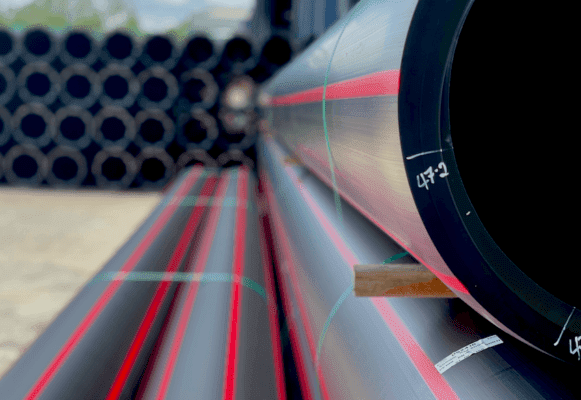
PE100 pipe is used to convey all types of liquids and gases for above and below ground applications including:
- Urban water and gas supply
- Mine dewatering
- Irrigation supply
- Slurry pipelines
- Vacuum, pressure and gravity sewer systems
- Submarine pipelines and ocean outfalls
- Trenchless pipeline installation and rehabilitation
- Industrial process pipe work
- Compressed air services
- Electrical and telecommunication cable conduits
- Upstream coal seam gas and water pipelines
Polyethylene pipe has a coloured stripe extruded into the pipe wall as a permanent reminder of what it is inside. These are the main colour codes you are likely to come across when joining PE pipe with compression or electrofusion fittings:
BLUE = potable water
RED = fire mains
LILAC = recycled/grey water
YELLOW = gas
GREEN = rain water/raw water
CREAM = sewer
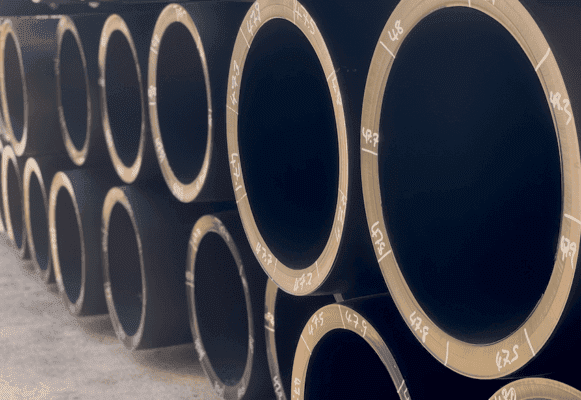
Polyethylene, or PE, pipe has been successfully used throughout the world for more than 50 years. The main benefits of PE pipes and fittings are corrosion resistance, high strength, toughness and flexibility, so it’s no wonder it is a popular choice worldwide.
Aside from the colour indicating what is being carried by the pipe, there is valuable detail printed on the pipe too.
What is PN?
PN is printed on the pipe. For blue stripe potable water pipe this is usually PN16. The acronym PN stands for Pressure Nominal. When a pipe has a rating of PN16, it is designed to handle 16 Bar internal pressure.
Poly pipe comes in a range of pressure ratings:
PN10 which has a maximum pressure rating of 1000kpa
PN12.5 which is for a maximum of 1250kpa
PN16 for a maximum of 1600kpa
What is OD?
The OD is also printed on the pipe. This is the Outside Diameter, or OD, of the pipe measured in ‘mm’.
Then there is also the acronym SDR, which stands for Standard Dimension Ratio.
When the outside diameter of the pipe is divided by the wall thickness, it gives the SDR of the pipe.
These are important measurements to know and understand when installing pipes that will carry anything under pressure.
Why choose PE100 pipe?
It has an optimum balance of three key properties: Minimum Required Strength (MRS) – this provides long-term strength and creep resistance. Stress crack resistance (sometimes referred to as slow crack growth resistance). Rapid crack propagation resistance.
Pipe that carries potable water in Australia is made from PE100 which is a type of plastic resin that has been proven to have a minimum required strength (MSR) of 10 MPa at 50 years and 20 degrees celcius. The operational service life of PE pipelines is dependent upon a number of factors that include: raw material quality, processing conditions, installation, the aggressiveness of the fluid transported, operating pressure and temperature.
Click to watch how OD, SDR and PN work together


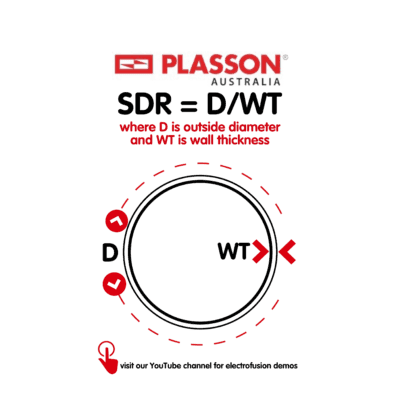
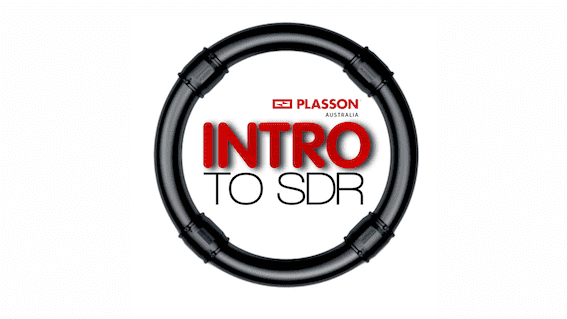
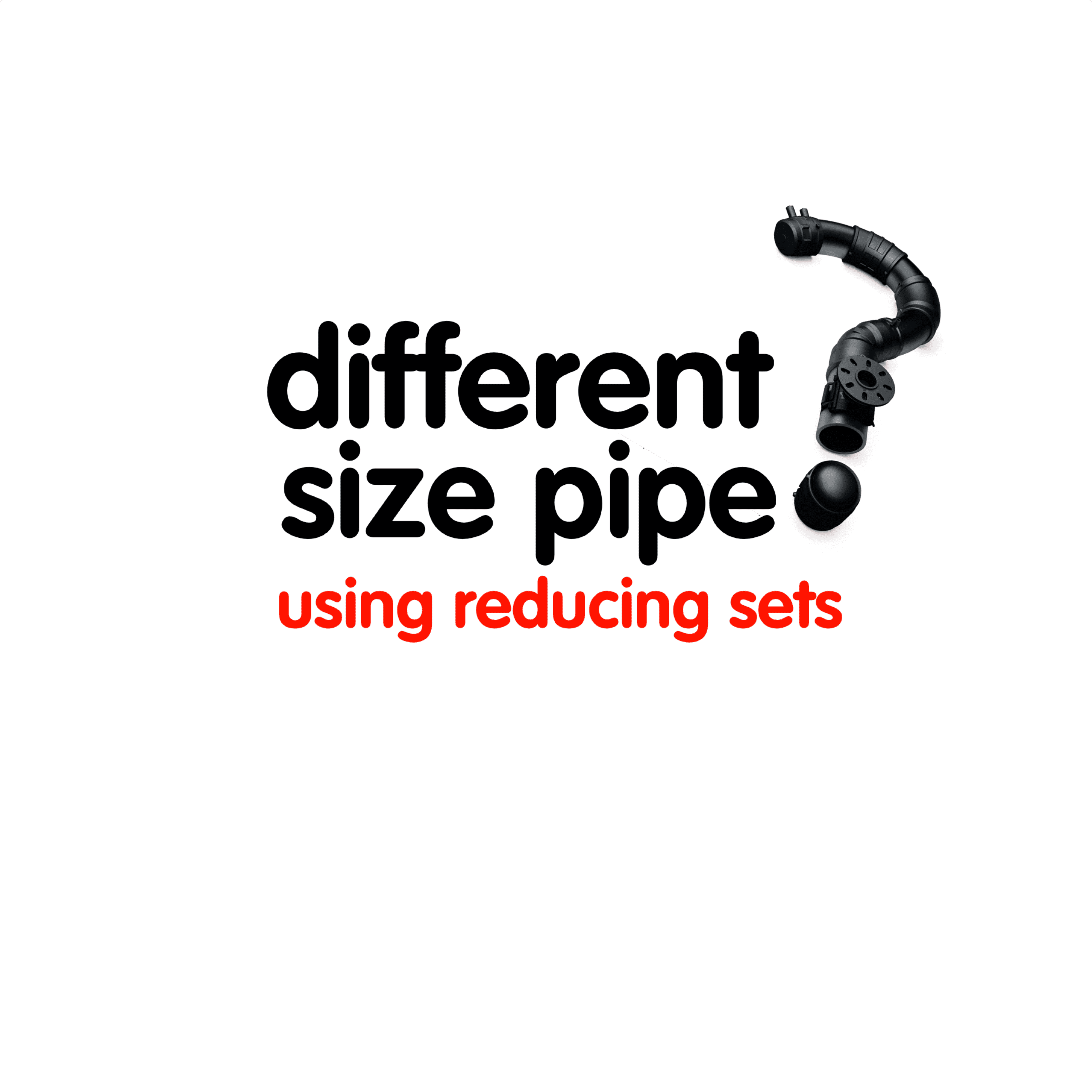
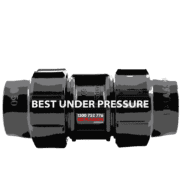

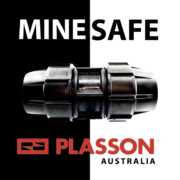


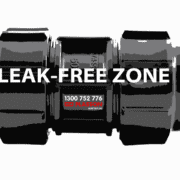



Leave a Reply
Want to join the discussion?Feel free to contribute!